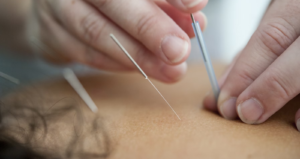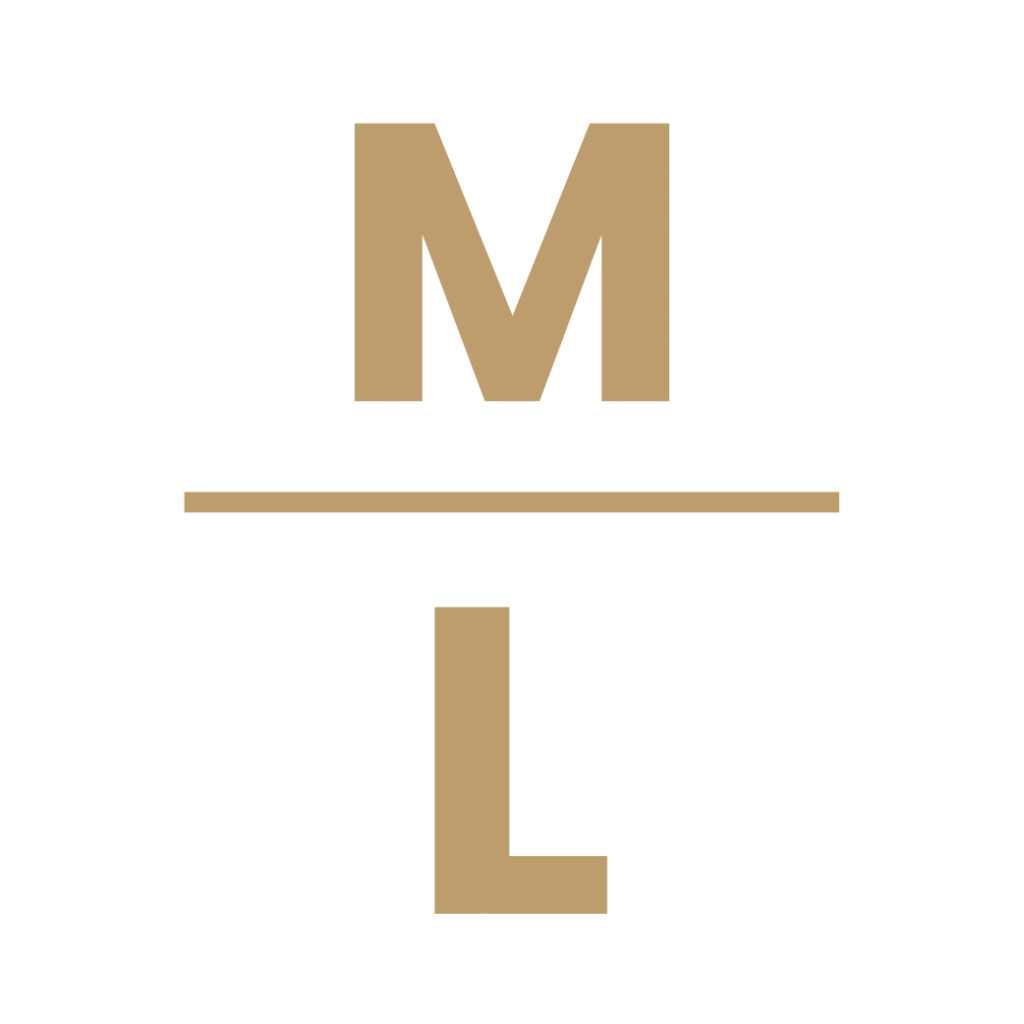Acupuncture, an ancient healing practice rooted in Traditional Chinese Medicine (TCM), has been making waves in the modern sports world. Once considered an alternative treatment, it is now embraced by professional athletes and fitness enthusiasts alike for its ability to boost recovery, manage pain, and optimize performance. From marathon runners to powerlifters, many have turned to acupuncture to support their bodies in the demanding world of sports.
Athletes face immense physical strain, and finding effective recovery methods is crucial for longevity in their careers. Unlike pharmaceutical solutions that often come with side effects, acupuncture provides a much more holistic and natural approach to healing. It supports the body’s intrinsic ability to repair itself while also improving mental clarity and reducing stress levels – both vital for top-tier performance, especially when you’re a one-man (or woman) team.
In this article, we will explore the rich history of acupuncture, break down the science behind its effectiveness, and highlight how athletes can incorporate this practice into their training regimens for improved health and performance.
The History of Acupuncture and Its Evolution in Sports Medicine
Acupuncture dates back over 2,500 years, originating in ancient China as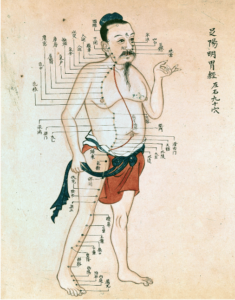 a fundamental component of TCM. The practice is based on the belief that the body’s energy, or Qi (pronounced “chee”), flows through pathways called meridians. When this energy is blocked or unbalanced, it can lead to pain, illness, or decreased physical function. Acupuncture aims to restore balance by inserting fine needles into specific points along these meridians.
a fundamental component of TCM. The practice is based on the belief that the body’s energy, or Qi (pronounced “chee”), flows through pathways called meridians. When this energy is blocked or unbalanced, it can lead to pain, illness, or decreased physical function. Acupuncture aims to restore balance by inserting fine needles into specific points along these meridians.
Ancient Chinese healers meticulously mapped out these meridians, discovering how different points corresponded to specific bodily functions. The effectiveness of acupuncture was passed down through generations, becoming a trusted medical intervention in East Asia long before Western medicine had developed similar techniques.
Expansion into Western Medicine and Sports
Acupuncture gained international recognition in the 20th century, particularly after U.S. President Richard Nixon’s visit to China in 1971, where Western journalists witnessed its effectiveness in pain management firsthand. Since then, researchers and medical professionals have studied its applications, leading to its integration into Western sports medicine.
Today, acupuncture is used by professional sports teams, Olympic athletes, and physical therapists to accelerate injury recovery, reduce inflammation, and enhance physical and mental well-being. Numerous professional leagues, including the NFL and NBA, now employ acupuncturists as part of their medical staff.
How Acupuncture Works
The Traditional Perspective
In TCM, acupuncture is thought to stimulate the body’s self-healing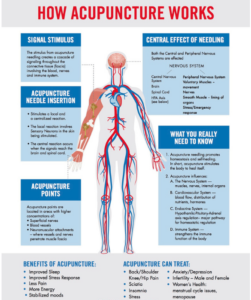 processes by balancing the flow of Qi. The insertion of needles at strategic points is believed to unblock stagnation and restore harmony, leading to improved function and recovery.
processes by balancing the flow of Qi. The insertion of needles at strategic points is believed to unblock stagnation and restore harmony, leading to improved function and recovery.
Acupuncturists often customize treatments based on an individual’s specific needs. For example, someone experiencing lower back pain may have needles inserted along meridians associated with spinal health, while a runner struggling with knee pain might receive treatment focused on joint mobility and circulation.
The Modern Scientific Perspective
From a scientific standpoint, the main things acupuncture has been shown to do are as follows:
- Stimulate the nervous system, triggering the release of endorphins, which act as natural painkillers.
- Enhance blood circulation, delivering oxygen and nutrients to injured tissues.
- Regulate inflammation by modulating immune responses.
- Improve neuro-muscular function and coordination, reducing stiffness and improving movement patterns.
Modern studies using MRI scans have revealed that acupuncture influences brain activity, stimulating regions associated with pain relief and relaxation. Additionally, researchers have found that needling certain points can modulate neurotransmitters like serotonin and dopamine, which are essential for mood regulation and stress relief.
The Key Benefits of Acupuncture for Athletes
Faster Muscle Recovery and Injury Healing
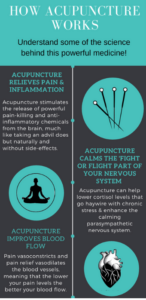 Acupuncture promotes faster healing by increasing blood flow to damaged tissues, reducing inflammation, and stimulating cell regeneration. This makes it particularly beneficial for common sports injuries such as tendonitis, muscle strains, and joint pain.
Acupuncture promotes faster healing by increasing blood flow to damaged tissues, reducing inflammation, and stimulating cell regeneration. This makes it particularly beneficial for common sports injuries such as tendonitis, muscle strains, and joint pain.
Acupuncture also supports lymphatic drainage, helping to clear out metabolic waste products from intense training sessions. This is particularly important for endurance athletes who push their bodies to the limit and require efficient recovery mechanisms.
Pain Relief Without Medication
Many athletes rely on painkillers to manage discomfort, but acupuncture offers a natural, non-addictive alternative. By modulating pain signals in the brain and stimulating endorphin release, acupuncture provides effective relief without the side effects of pharmaceuticals.
This is particularly beneficial for athletes dealing with chronic conditions like arthritis or recurring injuries. Unlike painkillers that merely mask symptoms, acupuncture works to address the root cause of discomfort and restore proper function.
Enhanced Performance and Flexibility
Improved flexibility and muscle relaxation can help prevent injuries and enhance overall performance. Acupuncture helps muscles function optimally by reducing tightness and improving range of motion.
Mental Focus and Stress Reduction
Sports performance is as much mental as it is physical. Acupuncture can help athletes manage stress, anxiety, and pre-game jitters by regulating cortisol levels and promoting a state of relaxation.
Athletes who incorporate acupuncture into their routines often report better sleep quality, improved concentration, and reduced emotional burnout.
Improved Circulation and Oxygen Delivery
Better circulation leads to improved endurance and quicker recovery times. By enhancing oxygen flow to muscles, acupuncture helps athletes maintain peak performance for longer periods.
Additionally, acupuncture has been linked to improved heart rate variability (HRV), which is a key marker of cardiovascular health and athletic resilience.
How Athletes Can Integrate Acupuncture Into Their Training
Athletes can use acupuncture at different stages of their training and recovery process:
- Pre-game or pre-training: To enhance flexibility, relaxation, and focus.
- Post-game or post-training: To accelerate recovery, reduce soreness, and prevent injuries.
- During injury rehab: To reduce inflammation, alleviate pain, and promote tissue healing.
Finding a Qualified Acupuncturist
It is absolutely essential for athletes to seek treatment from a licensed and experienced acupuncturist, preferably one with a background in sports medicine – AKA don’t let your buddy who “learned on YouTube” stick you with needles, no matter how confident they sound. A qualified practitioner will tailor treatments based on the athlete’s specific needs and performance goals.
So Is Acupuncture Worth It for Athletes?
For athletes looking to optimize performance, recover faster, and manage pain naturally, acupuncture is absolutely worth trying out and has proven to be a powerful tool for many high performers. As both an ancient practice and a scientifically backed treatment, it bridges the gap between traditional healing and modern sports medicine.
By incorporating acupuncture into their training regimen, athletes can enhance their longevity in sports, reduce reliance on medication, and support their overall well-being. Whether you’re a weekend warrior or a professional competitor, acupuncture offers a natural and effective way to keep your body in peak condition.
